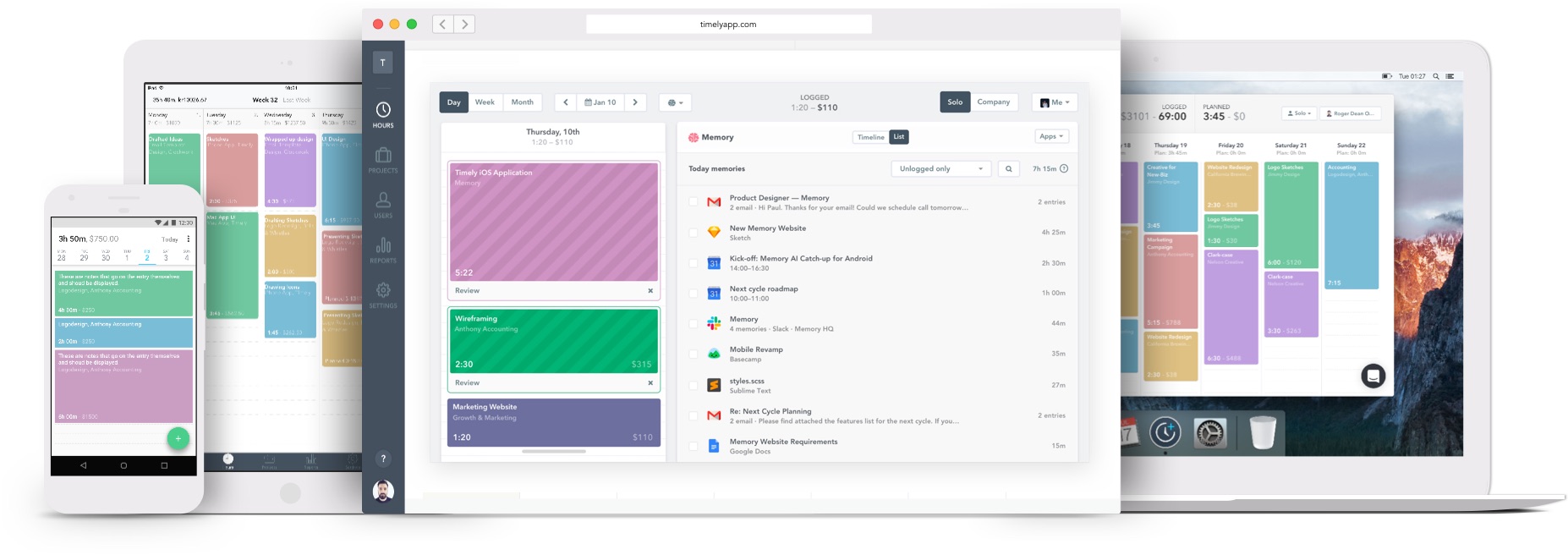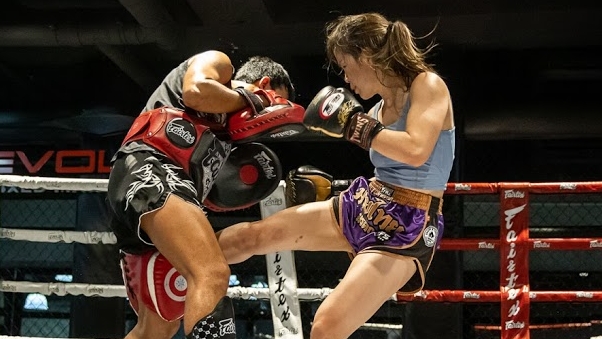Time tracking is key to making creative projects successful. Picture this: you’re fully committed to a project, giving it your best effort, but then deadlines slip and costs spiral out of control. Frustrating, right? You’re not the only one.
Many creatives struggle to juggle their flow of ideas with the need to stay on track. Without solid time management, even the most brilliant concepts can get lost in chaos. This is where time tracking becomes a game-changer.
Let’s dive deeper into how it can transform your creative process and help you stay ahead of the curve.
Understanding the Importance of Time Tracking
Creative projects often come with tight deadlines, multiple team members, and budget limits. Being able to track time accurately is essential for a few key reasons.
First, it helps with better planning and resource use. When you know where your time goes, it’s easier to identify slowdowns.
Second, time tracking boosts productivity; when everyone knows their time is being tracked, they tend to remain focused and on task. This focus leads to more creative work, as team members can spend their energy on brainstorming and executing ideas, instead of figuring out what went wrong or where time was wasted.
Setting Clear Expectations
Clear expectations are key in any creative project. Time tracking gives everyone involved a transparent view of how time is spent.
When team members track their hours, it creates a clear record of where the time goes. This helps set better expectations for deadlines and deliverables, which can be tricky in creative work.
A well-defined timeline helps everyone stay on the same page and ensures that the team delivers high-quality work on time. This is especially important in larger teams or collaborations where different creative pieces need to come together smoothly. Taking the time to set a timeline early on can make a big difference as the project moves forward.
The Financial Implications of Time Tracking
Time tracking also plays a huge role in managing a project’s budget. Knowing exactly how much time is spent on each task can have a big impact on how money and resources are allocated. If a designer, for example, is spending more time than expected on a task, it could signal a problem that needs fixing.
This doesn’t just help with budgeting, but it also keeps the project within financial limits. Going over budget can lead to numerous problems, such as losing client trust or inflating internal costs. Accurate time tracking allows teams to provide clients with better estimates, resulting in happier clients and smoother projects.
Enhancing Accountability with Time Tracking
Accountability is another key reason to use time tracking in creative projects. When team members are aware that their hours are being tracked, they’re more likely to take ownership of their responsibilities. This sense of responsibility pushes them to produce better work, as they want their time to reflect valuable contributions.
Additionally, if something goes wrong, having a detailed record of how time was spent makes it easier to pinpoint the issue. This accountability can enhance processes in future projects. Being transparent about time not only boosts morale but also creates a culture where everyone feels responsible for delivering the best results.
Improving Workflow and Collaboration
Creative projects rely heavily on collaboration, and time tracking can make this process smoother. When teams understand how much time is allocated for each part of the project, they can collaborate more efficiently. Everyone has a clear understanding of where things stand, making it easier to ask for help or provide support when needed, cutting down on wasted time.
Using project management software that shows workloads and time spent can take collaboration to the next level. This enables teams to identify where responsibilities overlap and determine the best way to collaborate to achieve project goals. Reducing confusion about roles and tasks helps keep the focus on creativity, not on sorting out the details.
Ensuring Compliance and Quality Standards
Compliance is a critical factor in creative projects, particularly when there are specific standards or regulations to adhere to. Whether it’s working on government contracts or meeting client requirements, accurate time tracking can make all the difference. For companies that must adhere to strict guidelines, such as the Government Accounting Standards, closely tracking time helps maintain compliance and avoid costly penalties.
Quality is also a major focus in creative work. Time tracking ensures that quality checks are built into the project timeline, helping teams focus on delivering top-notch results without cutting corners. By tracking time precisely, teams can have regular evaluations, gather feedback, and engage in productive discussions to keep improving quality.
Tools and Techniques for Effective Time Tracking
To make the most of time tracking, it’s important to choose the right tools and techniques. There are many options available, ranging from simple spreadsheets to more advanced project management software. Tools like Harvest, Toggl, and Asana offer features such as automatic time tracking, easy integrations with other apps, and analytics to help track productivity.
But tools alone aren’t enough. Choosing the right technique is also crucial. For instance, the Pomodoro Technique involves working in focused bursts followed by short breaks, which can improve concentration and reduce burnout.
Using a combination of effective tools and smart techniques can help creative teams stay on track, boost productivity, and maintain high-quality work. This approach ensures projects move forward smoothly, meeting deadlines without sacrificing creativity. By leveraging both the right tools and methods, teams can optimize their workflow and get the best results.
Streamlining Success with Accurate Time Tracking
Incorporating accurate time tracking into creative projects brings a host of benefits, from better resource allocation and improved management efficiency to ensuring compliance and maintaining quality standards. When creative teams adopt precise tracking, they position themselves for success, allowing more space to focus on what they do best-being creative.
Time tracking not only saves time and money, but it also leads to higher-quality outcomes. Make it a core component of your project management, and you’ll enhance accountability, boost productivity, and keep everything on track.
Is this article helpful? Keep reading our blog for more.

Dilawar Mughal is an accomplished author with a passion for storytelling. His works span various genres, from thrilling mysteries to heartfelt romance novels. With a keen eye for detail and a knack for character development, Sana Fatima weaves engaging narratives that captivate readers and transport them to new worlds.










